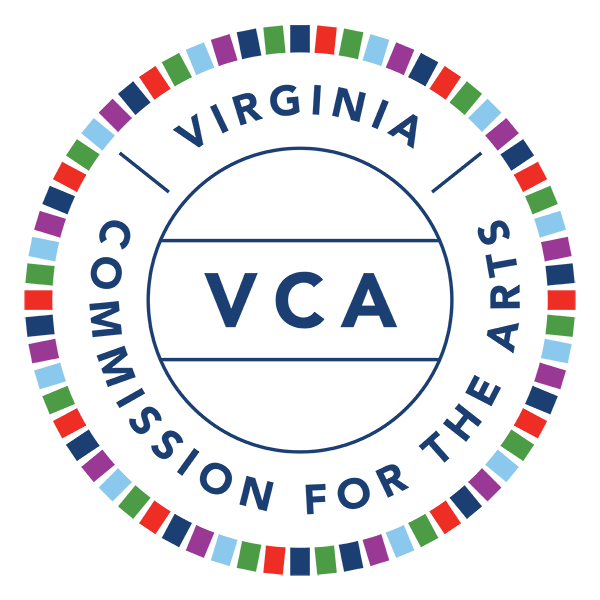Educational Background/Training
- MFA, Performance Studies (Dance), University of Wisconsin-Milwaukee, 201
- RYT (Registered Yoga Teacher), 200 hours, The Breathing Space, 2015
- BA, Dance/Environmental Studies, University of North Carolina at Greensboro, 2008
About the Artist/Ensemble
(Rugh sounds like kangaROO!)
Rachel is a dancer, teacher, mover and shaker currently based in Blacksburg, VA. As a performer, she has collaborated with the DC-based Dance Exchange, as well as Seattle choreographers Pat Graney, Amy O’Neil, and Jurg Koch. Her choreographic work has been featured at the Seattle International Dance Festival, Movement Research (NYC), and the Washington, D.C. Capital Fringe Festival. In 2016, her graduate choreography was chosen to represent the University of Wisconsin-Milwaukee in the gala performance of the American College Dance Association’s North-Central Conference. Rachel is also a founding member of Mountain Empire Performance Collective, a long-distance dance collective dedicated to alternative processes of making work while separated by both time and space.
A joyful and enthusiastic movement educator, Rachel has over ten years of experience teaching creative dance to all ages and stages of movers, and has taught at Radford University, Virginia Tech, and West Virginia University. She has presented her work at a variety of national performing arts conferences including the National Dance Education Organization (NDEO), the Society for Electro-Acoustic Music in America (SEAMUS), the Virginia Tech Gender, Bodies and Technology Conference (GBT), and the American College Dance Association (ACDA).
Rachel is the director of the dance program at the Virginia Governor’s School for Humanities and Visual and Performing Arts. She is an adjunct professor at Radford University and Virginia Tech, as well as a faculty fellow at the VT Center for Communicating Science and the VT Embodied Brain Laboratory. In 2017/18, she was recipient of the Dr. Robert L.A. Keeley Healing Arts Residency at the Carilion NRV Hospital, where she provided therapeutic movement experiences for patients, staff and visitors. In her *spare* time, she directs New River Moving Arts, a dance studio in Blacksburg that offers affordable, accessible creative dance training for all ages. She holds a BA in dance from the University of North Carolina at Greensboro, and an MFA in Dance from the University of Wisconsin-Milwaukee.
Educational Program Description
Residency topics, lengths and materials covered are flexible, based on the interests and needs of the organization and students. In schools, I am particularly adept at making connections between multiple disciplines (STEAM) through movement activities. I am also passionate about designing therapeutic movement experiences for individuals/groups with physical limitations. I am eager to work collaboratively with host organizations to design dance/movement workshops that meet the needs of the population – if you have ideas for a residency, please share them and I will work with you to create something unique to your school or organization.
Sample Residency Programs:
Elementary-Aged: Pathways and Movement Maps
In this lesson for preschool-to-elementary-aged dancers, participants learn about various pathways that human movement can take in a dance context. After a fun and energetic warmup activity, dancers are led through a series of improvisational prompts to encourage creative problem solving on the topic of movement pathways. They then use those pathways to create maps of pathways that they traverse in their daily lives; from their home to school, from the library to the farmers’ market, etc. Finally, they use their movement maps as jumping-off points for original choreography. This lesson reinforces concepts of physical and cultural geography, as well as linking together visual and performing arts.
High School: The Telephone Dance Project—A Case Study in Long-Distance Collaboration
In this lesson for middle and high school dance students of varying skill levels, Mountain Empire Performance Collective’s recent work, entitled The Telephone Dance Project, is utilized as a case study for remote choreographic processes. Like the childhood “telephone game,” this lesson illustrates the way in which information (in this case, movement material) can be morphed, manipulated and distorted as it is passed from one individual to the next. Using visual, written and verbal methods of composition, students discover modes for creating dances with collaborators even when separated by time and space.
Mental Health Settings: Story Circle
This group movement experience is tailored towards individuals in an inpatient psychiatric unit. Participants will be led through a therapeutic process in which movement gestures are associated with reflective storytelling. After a gentle chair-based warmup, participants are asked to reflect on prompts such as “Can you think of a time when you felt safe? Who were you with? What did it feel like in your body?” or “Describe a place in which you feel completely at ease. What does the place look like? How does your body feel when you’re there?” Responding to these memories, each participant contributes a movement gesture for the group to learn, and then the dance is done as a whole group with musical accompaniment. This process encourages somatic experiencing of emotional information; teaches basic concepts of mindfulness; and offers imagery-based anxiety reduction techniques.
Audiences
- All Ages

